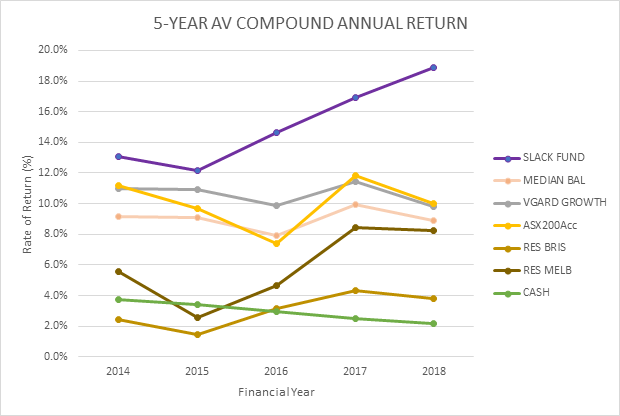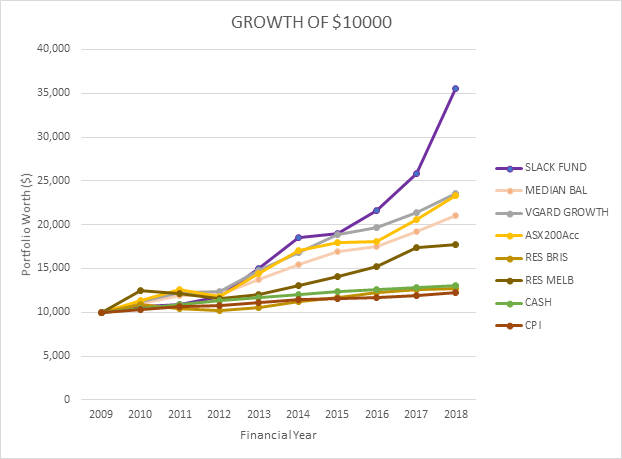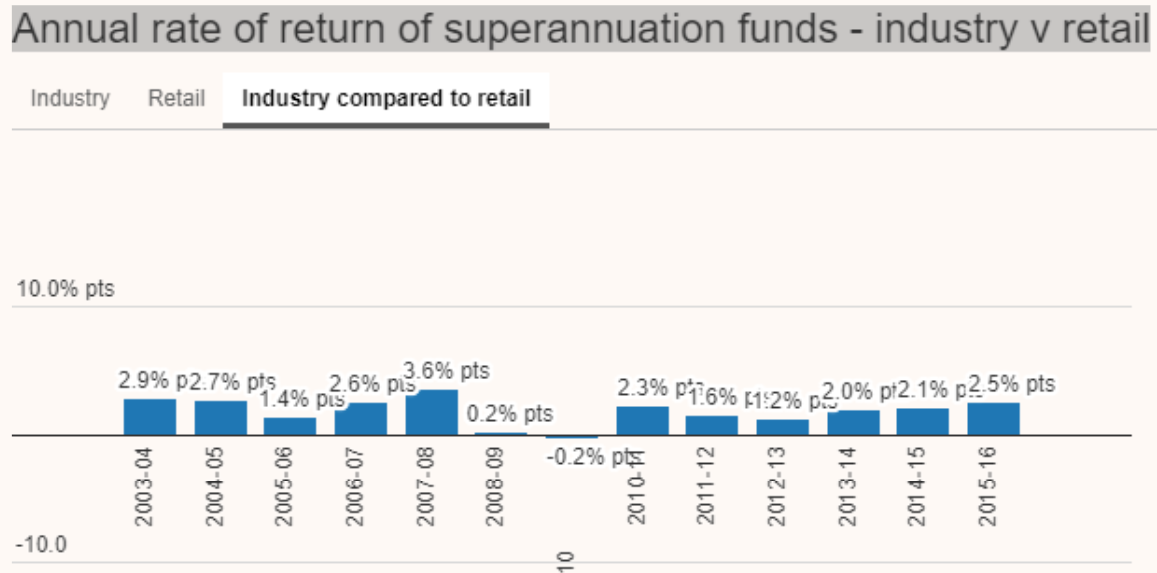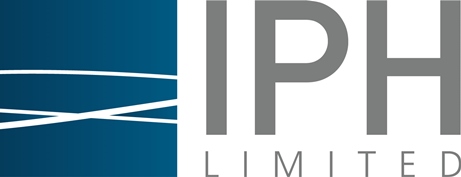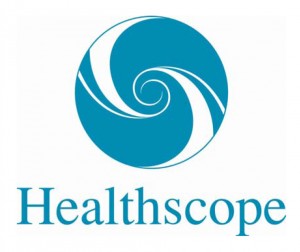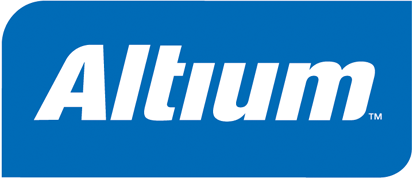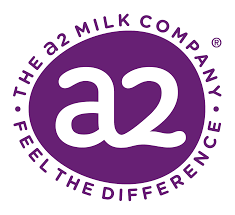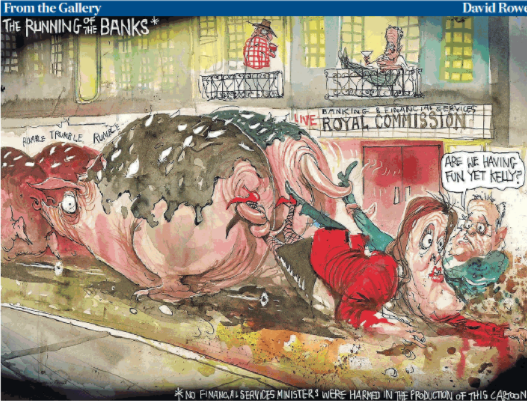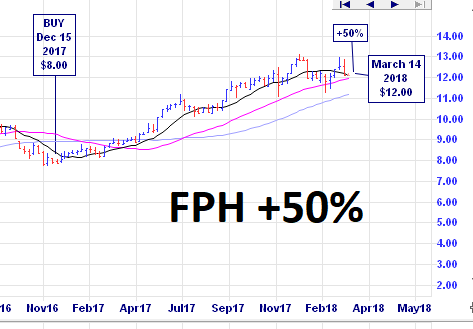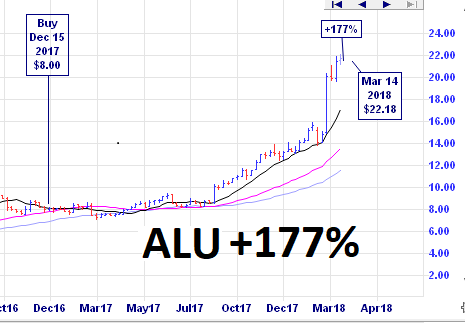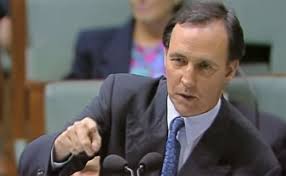
KPMG have just reported that banks are starting to lose their shine and the big 4 banks in Australia have reached a “turning point”. Slack Investor would argue that, after a pretty good recovery post the GFC, Australian Banks have been in decline since early 2015. NAB is the last to confess this reporting season … They are all businesses that will find growth difficult.
With its full-year profit of $4.8 billion, down 13.6 per cent, it joined ANZ, Commonwealth and Westpac in announcing a big decline in earnings.
From abc news
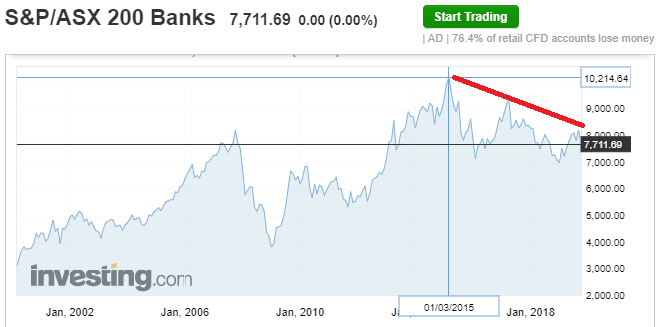
Self Managed Super Funds are a great place to park your super money for the hands-on investor. But, they are not for everyone. You really need to have a real interest in investing and at least $200 000 in your super savings. According to ATO Data, at 31 December 2017, the most commonly held SMSF share investments (by investment size) are below: There are a lot of banks!
Commonwealth Bank
Westpac Banking Corporation
National Australia Bank
Magellan Global Fund
BHP Billiton Limited
Platinum International Fund
ANZ Limited
Telstra Corporation
CSL
Wesfarmers
Not a bad portfolio for the past 10 years … but, the tide for the banks has already turned with low interest rates affecting margins, increased competition from the more nimble digital banks, the Hayne Royal commission “blowback” forcing the banks to separate from their profitable wealth management businesses, and recent dividend cuts announced. A closer look at the top 5 SMSF shares with financial statistics from the excellent marketscreener.com. The 1-yr returns over the past year for each stock are lifted from marketindex.com.au .
| SMSF 2017 Top 5 Shares | P/E 2020 | Yield % | ROE % | 1-yr Ret % | |
|---|---|---|---|---|---|
| Commonwealth Bank | CBA | 15 | 5.5 | 13 | 12.4 |
| Westpac Bank | WBC | 14 | 5.9 | 11 | -3.7 |
| National Bank | NAB | 12 | 6 | 12 | 16.7 |
| BHP Billiton | BHP | 12 | 5.3 | 22 | 10.9 |
| ANZ | ANZ | 12 | 6 | 12 | -3.9 |
| Average | 13 | 5.7 | 14 | 6.5 |
Slack Investor can understand the lure of juicy bank dividends for SMSF funds. But, if the dividend is coming with a reducing share price due to the bank business shrinking – then this is not a good deal – and perhaps look to higher yield industrial shares or industrial/office REITs for that cherished income rather than banks.
Sing the praises for Return on Equity (ROE) and Earnings per Share (EPS) Growth
This is one of the first financial statistics that I look at when deciding on a company to buy. Return on Equity is a company’s Net Profit ÷ Average Shareholder Equity. If a company had a net worth of $10 million and made a profit of $2 million, its ROE would be 2/10 x 100 = 20%.
High ROE companies generate a lot of cash – this cash they can then use to grow their business. If they also have a good increase in their Earnings Per Share (EPS) – Slack Investor would classify them as “Growth” Companies.
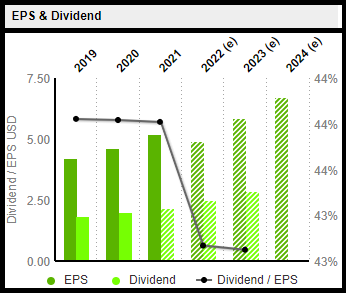
Generally, companies with a ROE of >15% get Slack Investor’s attention but some businesses require lot of infrastructure before they can generate profit. For this reason ROE is best used to compare companies in the same industry. For contrast with the 2017 SMSF, let’s have a look at Slack Investor’s Top 5 stocks from the Portfolio page (This is not advice!). Data gathered from marketscreener.com and marketindex.com.au .
| Slack Investor Top 5 Shares | P/E 2020 | Yield % | ROE % | 1-yr Ret % | |
|---|---|---|---|---|---|
| CSL Ltd | CSL | 38 | 1.2 | 35 | 38.3 |
| Altium Ltd | ALU | 46 | 1.6 | 31 | 44.9 |
| Cochlear Ltd | COH | 41 | 1.7 | 38 | 26 |
| Macquarie Group Ltd | MQG | 16 | 4.4 | 16 | 11.5 |
| REA Group Ltd | REA | 40 | 1.3 | 35 | 27.9 |
| Average | 36 | 2.0 | 31 | 29.7 |
The average ROE for the Slack Portfolio is much higher than for the 2017 SMSF top 5 (31% vs 14%) . They also all have a projected increasing Earnings per Share (EPS) – and this indicates the Slack preference for growth companies.
However, with growth comes volatility and the Slack Investor top 5 would not suit those who rely on their investments for income. The Slack portfolio would probably suit an investor with a longer term view and a separate income. If you are still working and want to grow your wealth through shares … then the ROE should be one of your guiding lights for company selection.


